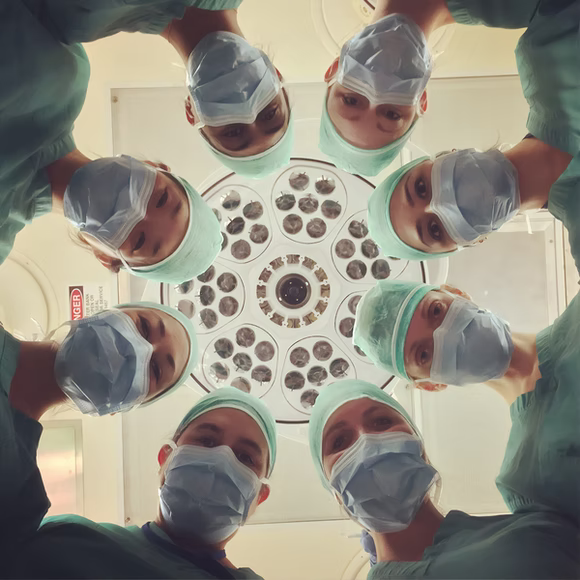Individuals with advanced cancer may benefit from proton beam radiation therapy, which is a type of radiation treatment that is both safer and effective. This conclusion was reached after a study compared the two forms of radiation using existing patient data.
There are many proton therapy centers in India.
Proton treatment, on the other hand, uses a beam of proton particles that stops at the tumor, causing minimal damage to neighboring healthy tissues. Although some experts believe proton therapy is safer than regular radiation, evidence comparing the two therapies is lacking.
The health care team leads the patient through a planning process before proton treatment to ensure that the proton beam hits the exact location in the body where it’s needed.
The radiation therapy team attempts to find a comfortable position for the patient during treatment during radiation simulation. Because the patient must remain completely still during treatment, selecting a comfortable position is critical. The patient will be in position on a table that will be used throughout the treatment to accomplish this.
Proton treatment (also known as proton beam therapy) has the advantage of allowing the physician to direct where the proton releases the majority of its cancer-fighting energy. Protons slow down and interact with electrons as they pass through the body, releasing energy. The “Bragg peak” is the point at which the most energy is released.
How does it work?
Examining the physics and engineering inside the proton accelerator, or synchrotron, and the beam delivery system is the best method to understand how proton therapy works.
- Firstly, Hydrogen atoms are split into negatively charged electrons and positively charged protons in fractions of a second.
- Infractions of a second, hydrogen atoms are separated into negatively charged electrons and positively charged protons.
- When proton beams enter the synchrotron, they are accelerated to a total energy of 70 million to 250 million electron volts, which allows them to be placed at any depth into the patient’s body.
- Protons leave the synchrotron and travel through a beam-transport system, which consists of a series of magnets that shape, focus, and steer the proton beam to the proper treatment chamber.
- The facility is controlled by a network of computers and safety measures to ensure that each patient receives the prescribed treatment in a safe and efficient manner. Because the gantry can rotate 360 degrees, the beam can be supplied at any angle.
At MediGence, we support patients through every step of their medical journey, from choosing to a safe return to their home country. However, as a patient who may choose to seek MediGence’s assistance in locating the best treatment option. Based on your disease and its criticality, medigence will recommend a hospital or healthcare institution that is most suited for you.
If the patient is choosing proton therapy in India We provide a detailed overview of the treating doctor in India and, if necessary, set up a phone conversation to answer any treatment-related questions.
The services provided by our team at MediGence can be distributed into three categories: before the treatment, during treatment, and after treatment.



















![TamilMV Proxy List Top 30+ [Unblock TamilMV Sites] TamilMV Proxy Unblock](https://technewsgather.com/wp-content/uploads/2023/04/17825836_SL-121019-25870-14-1-100x70.jpg)